This article is part of SF Throwbacks, a feature series that tells the stories behind historic photos of San Francisco in order to learn more about our city’s past.
Since we won’t be attending the Pride parade in person this year (which happens to be San Francisco Pride’s 50th anniversary), we at The Bold Italic wanted to celebrate by taking a look at the parades of the past, honoring the legacy of the LGBTQ community in the Bay Area, which many iconic queer activists have called home over the years.
Sign up for The Bold Italic newsletter to get the best of the Bay Area in your inbox every week.
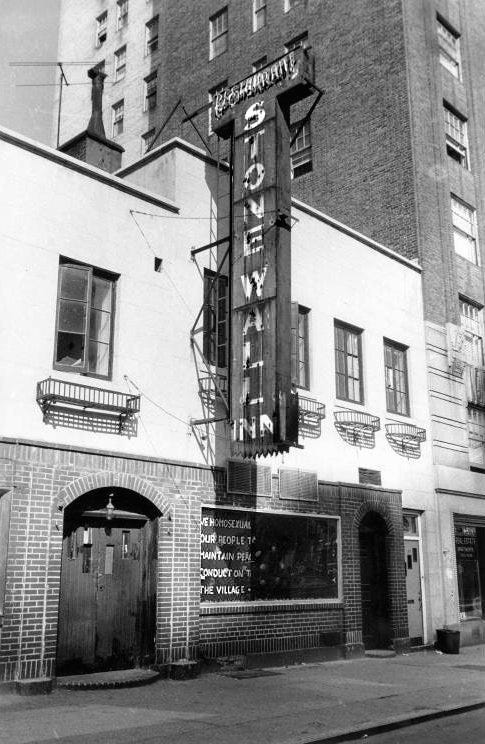
At its inception, Pride didn’t spring into a family-friendly parade with corporate floats. Its origin can be traced back to a riot at the Stonewall Inn, a gay bar in New York City, in June of 1969. In the early hours of June 28, police raided the bar to arrest and harass queer people and destroy property (as was common at the time since the state liquor authority would not grant liquor licenses to gay bars). Patrons of the bar — mainly trans women, such as Marsha P. Johnson — began to throw things at the police and fight back, tossing bricks, purses, and shot glasses.
One year later, on June 27, 1970, the first iteration of what we now know as Pride was held in San Francisco with a small parade. A “gay in” was held in Golden Gate Park the next day, drawing hundreds. Pride celebrations were officially born.
The photo below shows one of San Francisco’s earliest Pride events in 1972. Even in the early years, Pride drew crowds from the queer community.
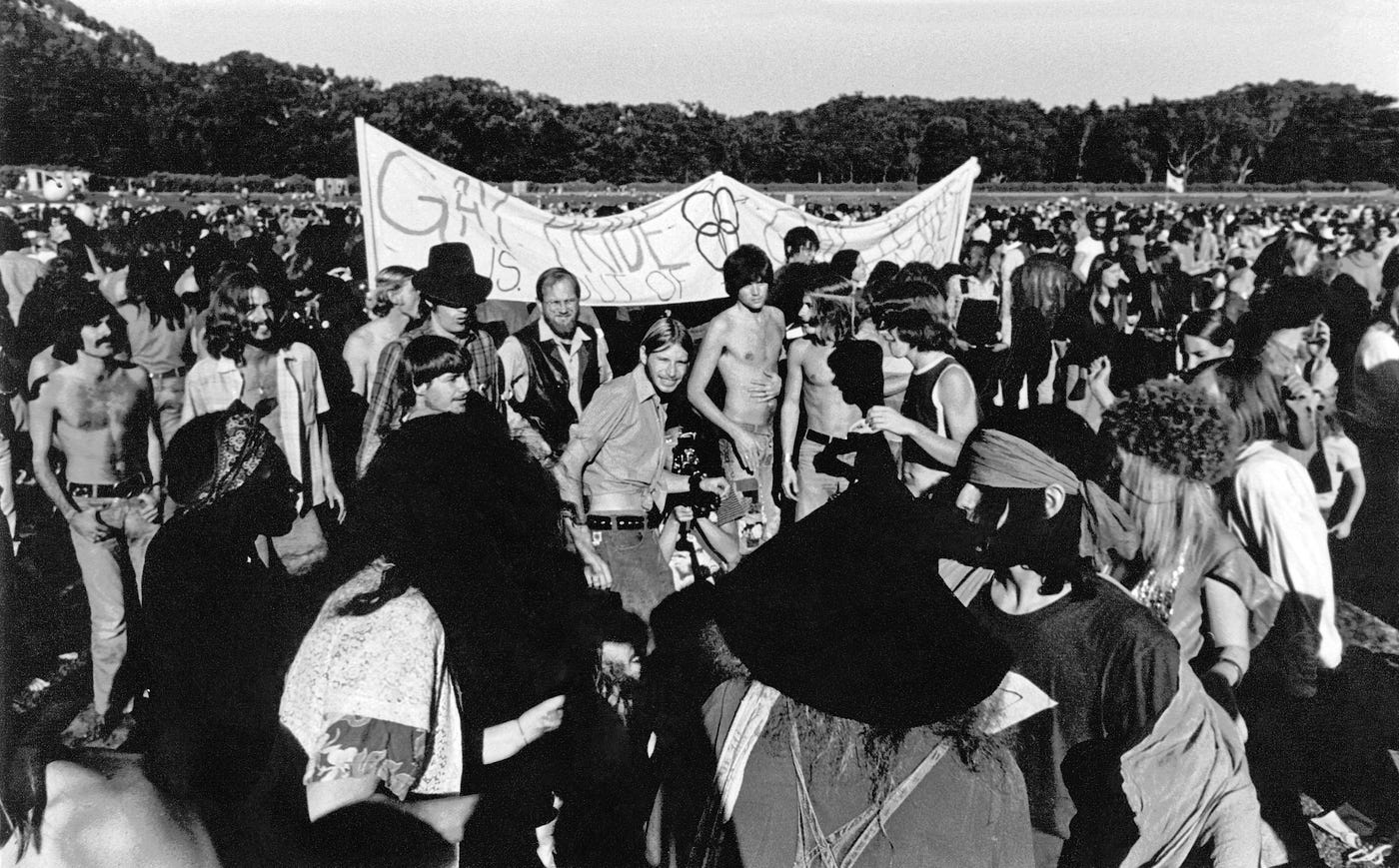
Pride has changed and evolved through the years, becoming larger and more elaborate as well as more mainstream. The early Pride parades were more like protests and have evolved into the modern-day party atmosphere that Pride often has in San Francisco and many other cities.
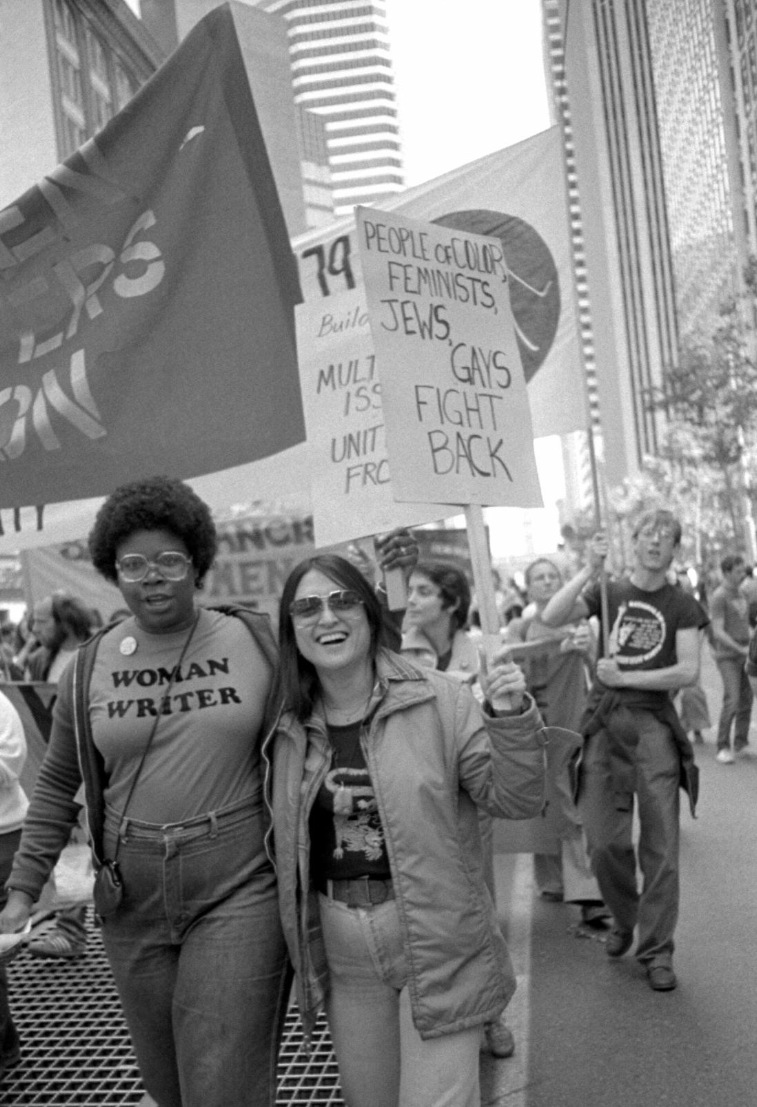
Pictured above are two women walking arm in arm down Market Street during Pride in 1980 holding a sign that says “People of color, feminists, Jews, gays fight back.” The photo is available with many others in the GLBT Historical Society’s 50 Years of Pride exhibit online.
When the HIV/AIDS crisis arose in San Francisco in the early 1980s, which disproportionately affected queer individuals, Pride became even more important as those who had lost loved ones or were sick themselves fought for visibility.
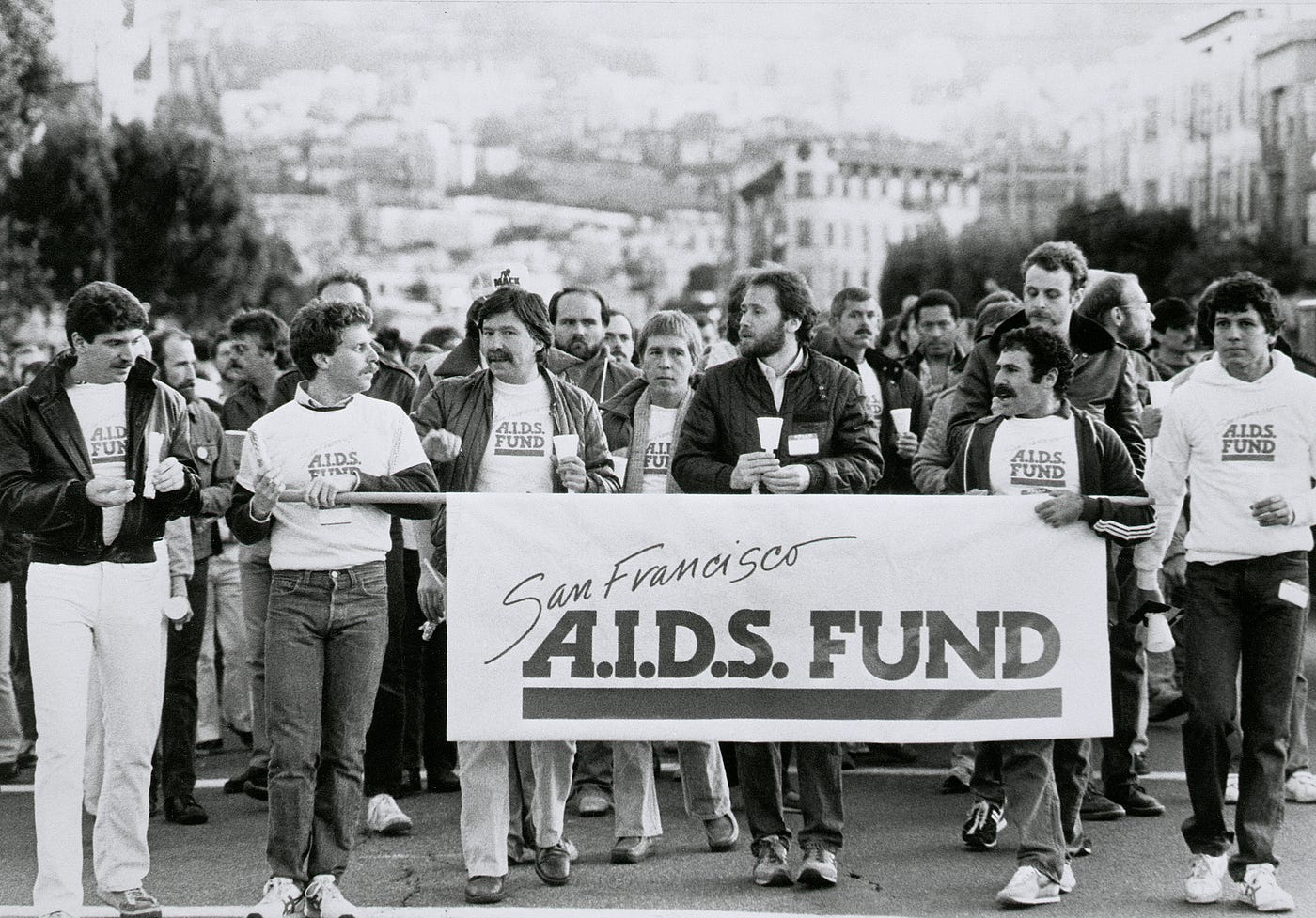
AIDS was deeply stigmatized, as was homosexuality, so even being seen in a public space as a queer person, especially one with HIV or AIDS, was a radical statement.
As we can see in this photo from Pride in 1986, hundreds gathered to fight for the rights of queer individuals.

Pride eventually became a space not only for queer people to express themselves but for their families and friends to show their support. Pictured below is a crowd marching in the 1996 Pride parade with a banner reading “Parents, Families and Friends of Lesbians and Gays,” often known as PFLAG.
To this day, it’s incredibly important for allies to visibly demonstrate support for LGBTQ+ individuals because queer people still risk losing their families, jobs, and safety for coming out.
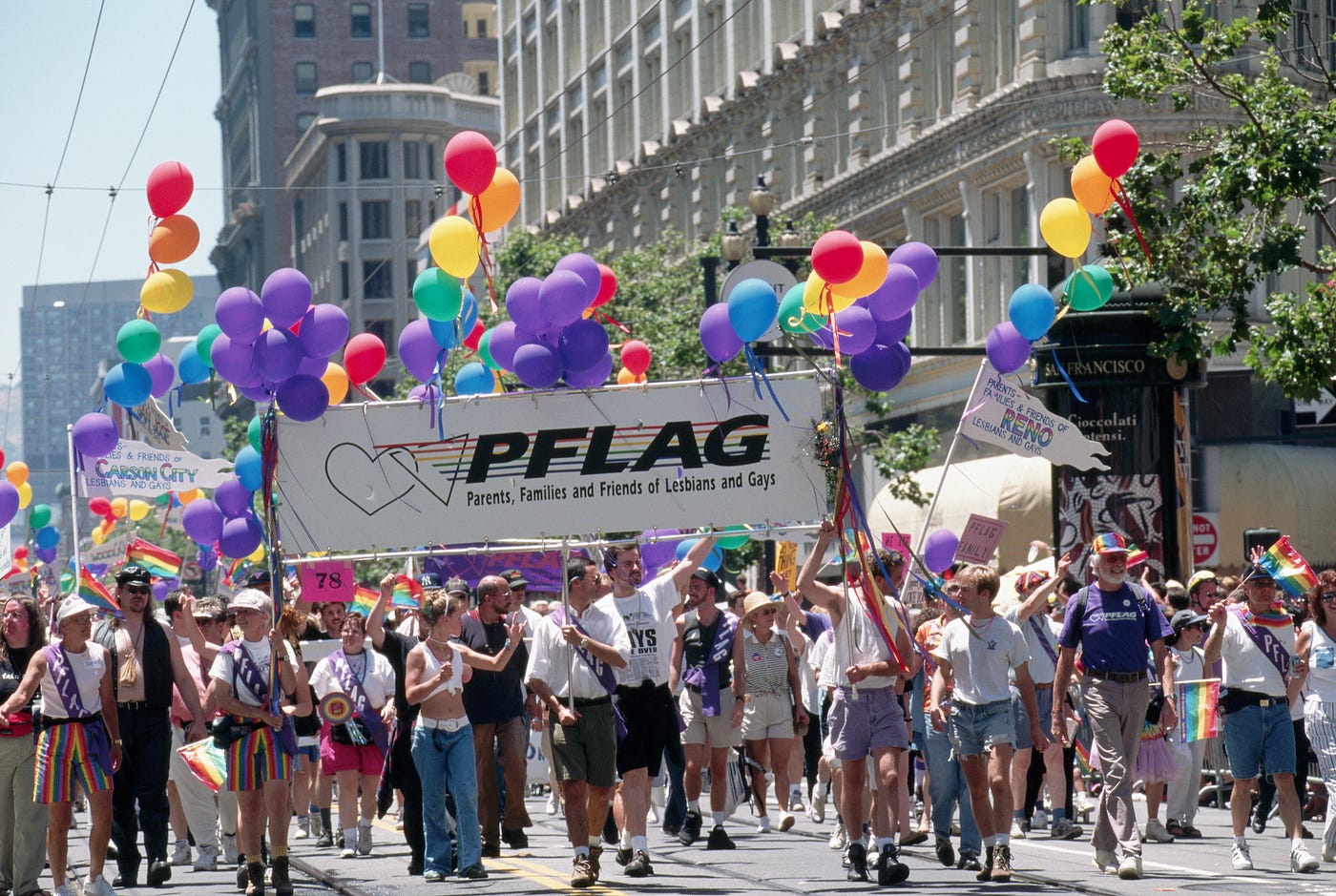
By the ’90s, Pride was a massive event in San Francisco. Below we can see a group of drag queens taking a rest from the heat at Pride in 1997.

When gay marriage was legalized in San Francisco in 2008, Pride was an even bigger celebration than usual, drawing thousands to celebrate the accomplishment that queer activists had fought so hard for. We can see some of the revelry above. (This photo is also available as part of the 50 Years of Pride exhibit.)

Although we can’t gather in person this year, it’s still important for us to honor our queer history here in the Bay Area and remember that even as Pride has changed, it’s more than a party — it’s a demonstration of community activism and the hard-won fight for queer visibility and queer rights. It’s a celebration but also an act of resistance. We can’t wait for next year.







